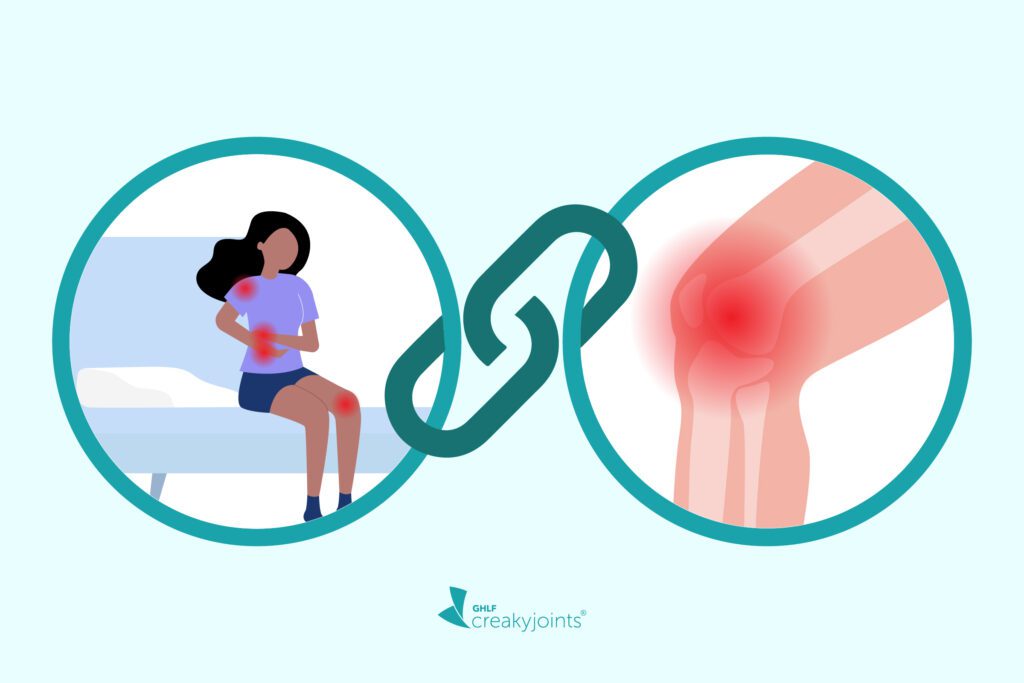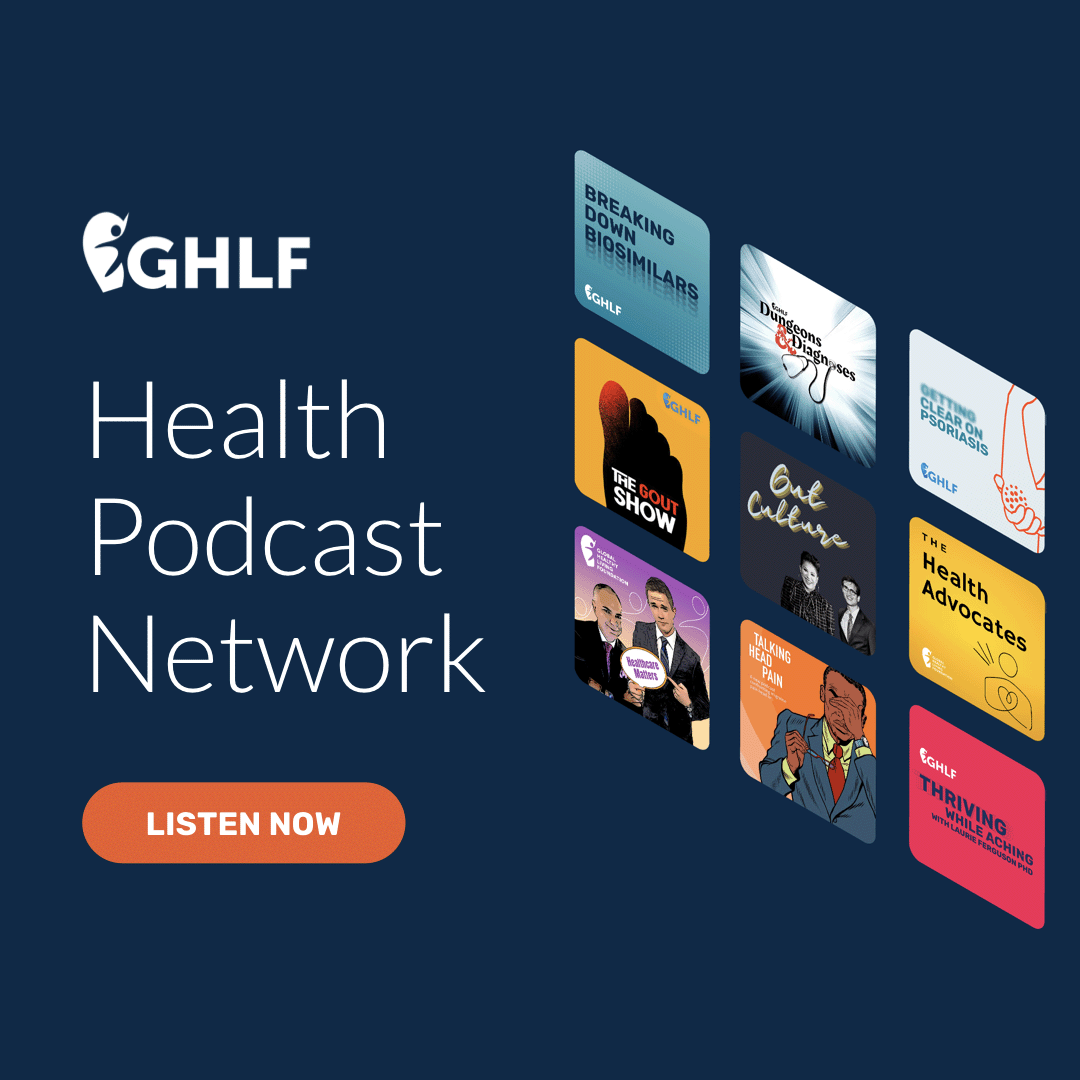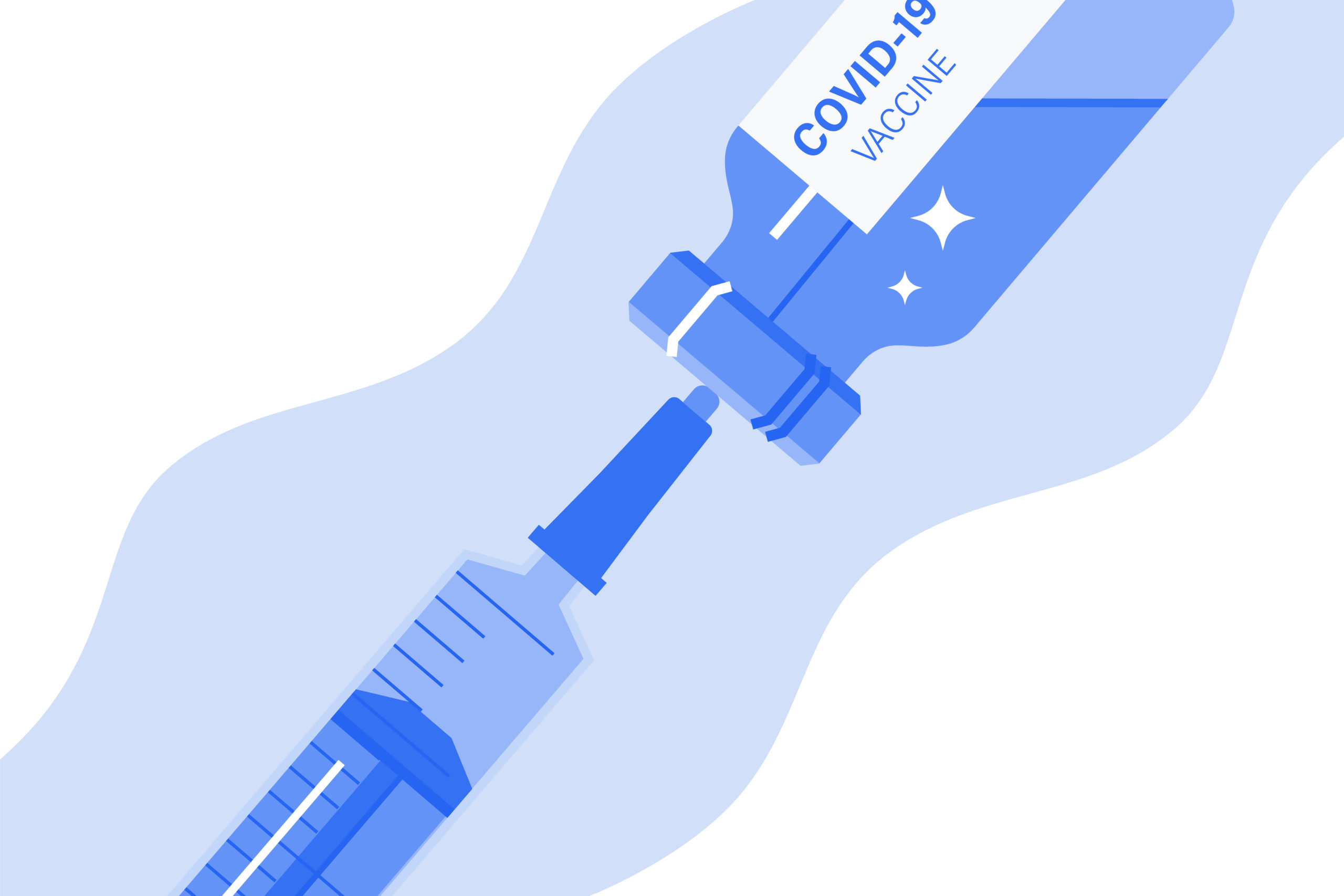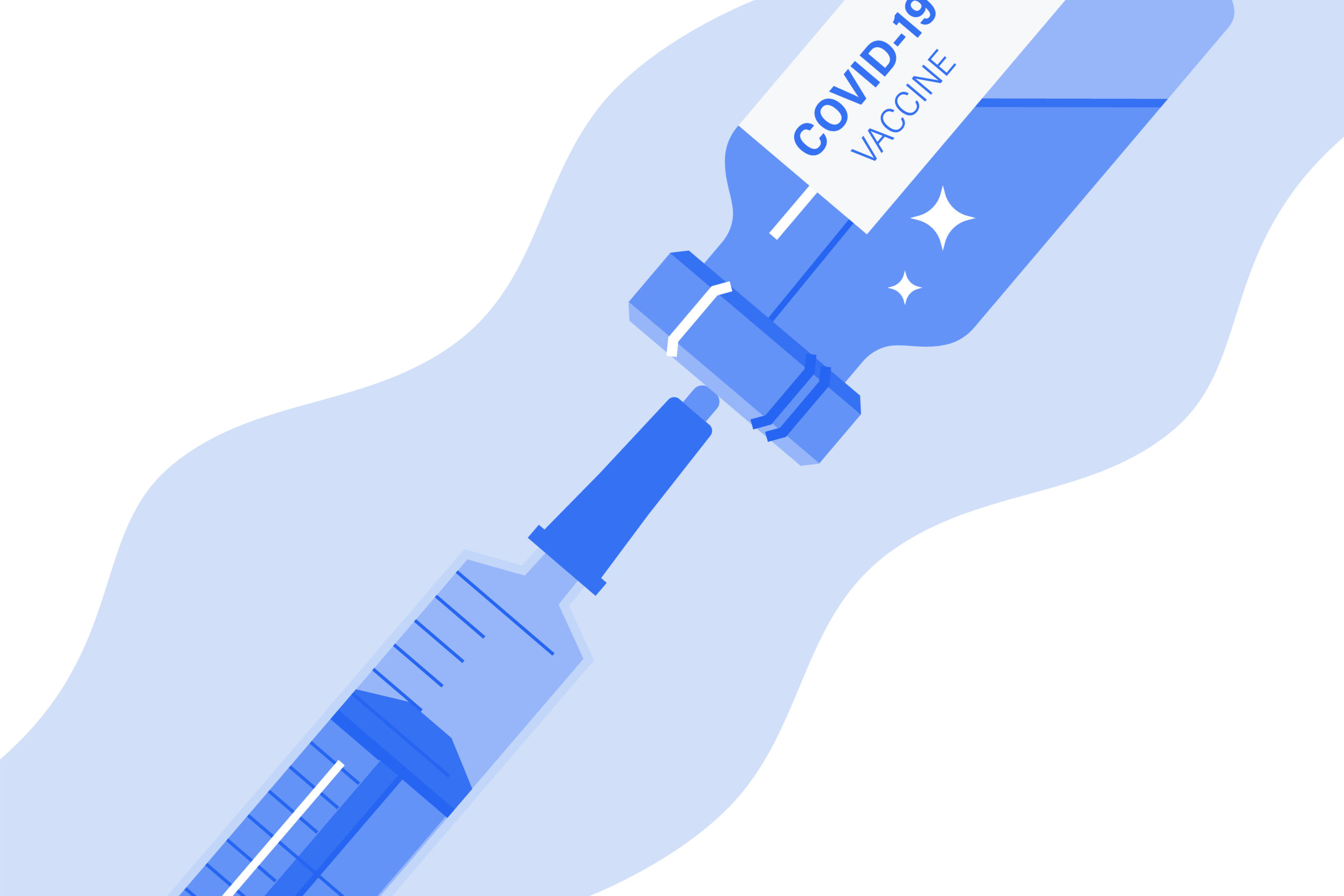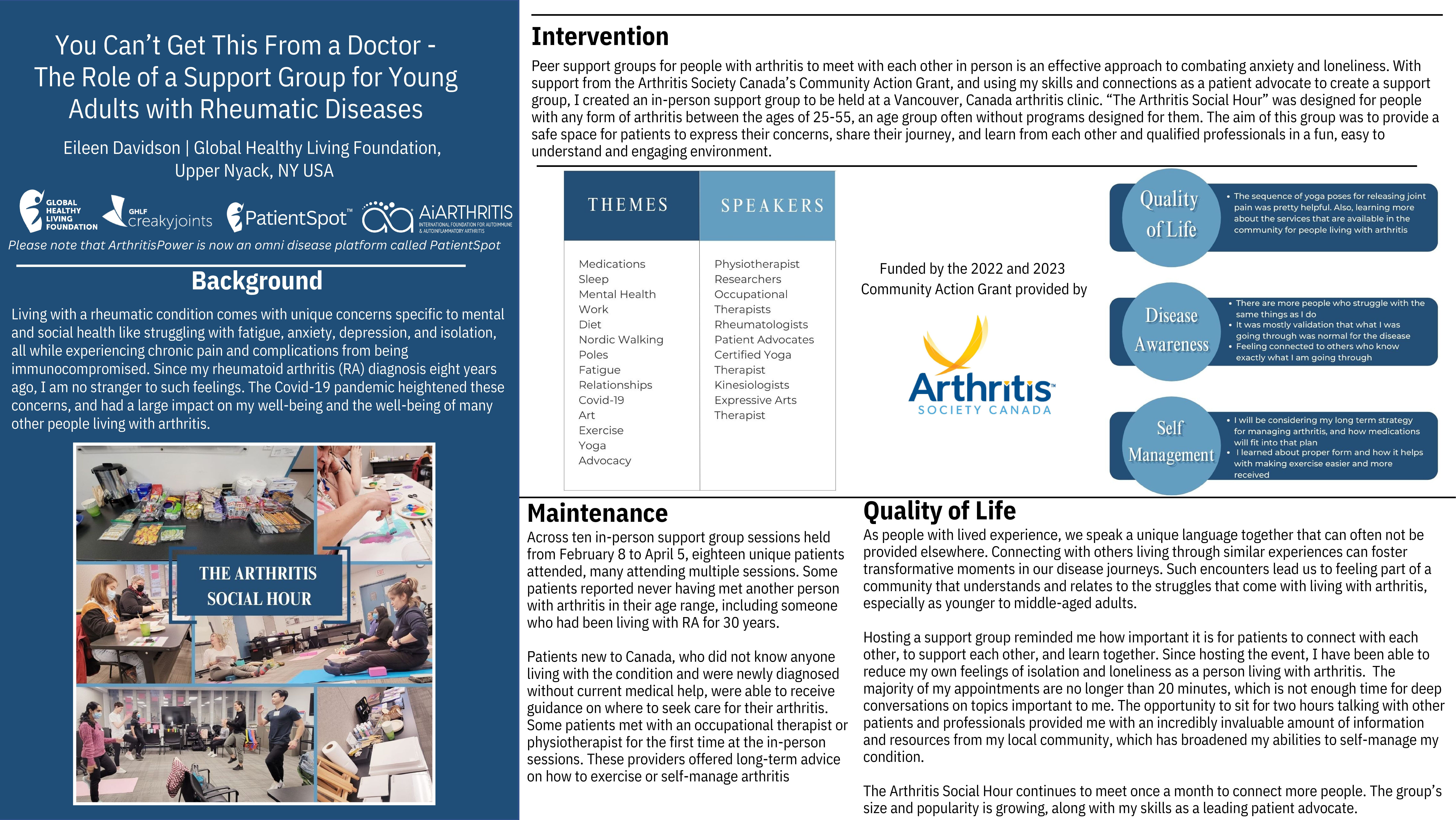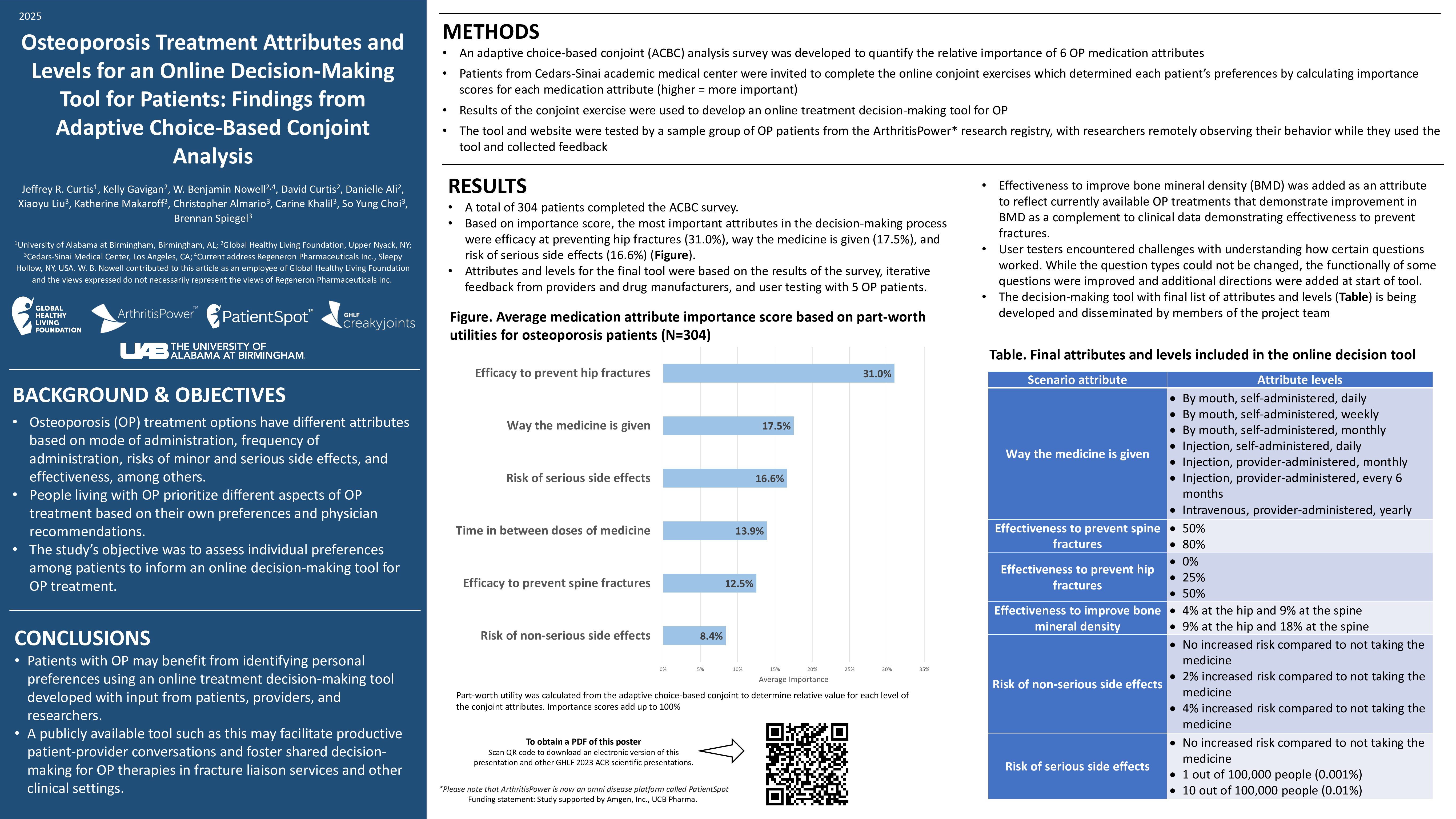We know that good-quality sleep is essential for maintaining your good health, but when you have osteoarthritis (OA), it’s not always easy to sleep well. A throbbing hip or knee can make it hard to find a comfortable sleeping position; pain from arthritis can also wake you in the middle of the night or make it difficult to fall back asleep.
Other sleep disorders common in people with OA and mental health conditions like anxiety and depression also make it hard to fall or stay asleep.
Although estimates vary across studies, more than 30 percent of people with knee osteoarthritis (OA) report problems falling asleep and more than 80 percent had problems staying asleep. One study published in the journal Musculoskeletal Care found that chronic insomnia, obstructive sleep apnea (a sleep-related breathing disorder), and restless leg syndrome, are more common in people with OA.
For many people, sinking into bed after a day of managing pain might sound like a dream, but pain can increase at night. There’s even a name for it — “painsomnia” — and it’s an all-too-familiar symptom for those living with different kinds of arthritis.
“Joint stiffness increases during rest and may contribute to the discomfort at night,” says Magdalena Winiarska, MD, Rheumatology Lead Physician at St. Elizabeth Physicians Rheumatology in Kentucky.
A problem with getting poor sleep for someone with OA is that being tired can worsen pain and stiffness during the day. And pain-filled sleepless nights can also contribute to anxiety and depression, research shows. According to a study published in the journal Arthritis Care & Research, sleep disturbances fueled pain, changes in disability, and depression in people with OA.
Causes of Sleep Problems in Osteoarthritis
Some people are more likely than others to experience sleep issues. While many people with OA may toss and turn many nights, you may be more at risk for sleep disturbance if you:
Live a sedentary lifestyle
Though resting is important, too much rest can backfire for someone with OA. Being inactive can lead to pain, stiffness, and lack of mobility as well as weight gain, which can cause additional pain in your joints. Knee or hip pain can make staying active difficult but trying to get some movement into your day is certainly worth the health benefits. According to a study published in Arthritis Care & Research, increased activity can significantly reduce the risk of health conditions, such as cancer, cardiovascular disease, and diabetes.
Worry a lot about your pain and condition
People with OA who engage in “pain catastrophizing”— e.g., thinking constantly about pain, worrying about pain, thinking about what-if and worst-case scenarios, etc. — report higher levels of pain, according to a study published in the Journal of Pain and Symptom Management.
“Worrying about not getting enough sleep and/or that [lack of sleep] may lead to worse symptoms [greater pain, fatigue, or mental fogginess] the next day, may exacerbate pain-related sleep problems,” says Daniel Whibley, PhD, Research Assistant Professor, Department of Physical Medicine and Rehabilitation, Michigan Medicine, University of Michigan. This is especially common in people who have anxiety or depression.
Have increased pain sensitivity or pain centralization
Research shows many people with OA may experience centralized pain, which is often described as “any pain that happens when the central nervous system doesn’t process pain signals properly.” This means someone with OA may still experience pain, despite having adequate treatment.
“Sleep disruption in healthy individuals amplifies pain perception and is associated with increased pain sensitivity,” says Dr. Winiarska.
Have sleep apnea
There’s a substantial link between OA and sleep apnea, which causes periodic pauses in breathing that can disrupt sleep, according to a study published in the Journal of Clinical Sleep Medicine.
“Sleep apnea is more common in people with OA than in those without OA — get tested if you snore at night or are very sleepy during the day,” says Jeffrey Katz, MD, Associate Physician in the Department of Orthopedic Surgery and Division of Rheumatology, Immunity, and Inflammation at Brigham and Women’s Hospital, Massachusetts.
How to Treat Sleep Issues with Osteoarthritis
Getting joint pain under control is the first step to improving sleep, and that begins with getting treatment. But what you need will depend on what’s causing your sleep issues. Speak with your health care provider about the following options.
General pain relief
Nonsteroidal anti-inflammatory drugs, or NSAIDs, are the most commonly used drug treatments for OA pain and stiffness. NSAIDs include (but are not limited to) aspirin, ibuprofen, meloxicam, naproxen, and celecoxib. Try taking NSAIDs about an hour before you hit the hay so it has time to kick in. However, be sure to ask your doctor if any medications could interfere with sleep.
Depending on the factors causing your pain, your doctor may also prescribe other pain relievers, including acetaminophen, topical capsaicin, intraarticular glucocorticoid (steroids) injections, muscle relaxers, and opioid medications.
Prescription sleep aids
Your health care provider may prescribe a prescription sleep medication, such as Ambien (zolpidem) or Lunesta (eszopiclone). Just be sure to inform them of other medications you’re taking. “Prescription sleeping aids should not interact with medications taken for OA to reduce pain, but may interact with other medications you’re taking,” says Dr. Winiarska.
Therapy for chronic insomnia
If depression and anxiety are affecting your sleep, speaking with a mental health professional can help. Together, you can discuss behavior-oriented solutions, in addition to any medications, to help address any worry or rumination interfering with sleep. For example, you may decide to try writing in a worry journal before bed to let go of any persistent thoughts or stressors preventing you from sound slumber.
Cognitive behavioral therapy for Insomnia (CBT-I) may also be recommended. “A course of CBT-I includes education about sleep and the factors affecting it, components that aim to improve behaviors around sleep and bedtime, and cognitive components that aim to reduce unhelpful thoughts, beliefs, worries and anxiety about sleep,” says Dr. Whibley.
Medication for depression and anxiety
Several types of medications can be prescribed for depression and anxiety, including antidepressants (e.g., selective serotonin reuptake inhibitors, or SSRIs, or serotonin norepinephrine reuptake inhibitors, or SNRIs) and anti-anxiety medicines (e.g., buspirone or benzodiazepines).
Sleep apnea treatment
In addition to lifestyle changes, like sleeping on your side, limiting alcohol, and managing your weight, there are a number of treatments your doctor might recommend if sleep apnea is the source of your sleep problems.
A CPAP (continuous positive airway pressure) machine may help with sleeping more soundly. For mild or moderate OA, a mandibular repositioning device (MRD) may be recommended to help position the lower jaw in an appropriate position during the night. In extreme cases, surgery may be needed.
Lifestyle Changes to Improve Sleep with Osteoarthritis
Ultimately, getting better sleep with OA starts with getting your joint pain under control. Afterward, implementing some smart habits into your everyday routines can help. Try some of these strategies today.
Create a relaxing pre-sleep ritual
“Include anything that calms you, like listening to relaxing music or practicing breathing exercises or meditation,” says Dr. Whibley. “Avoid anything that provokes stress, worry, or strong emotions — so no TV or scrolling through stimulating social media sites close to bedtime.”
Avoid stimulants
Smoking, drinking alcohol, and eating heavy or spicy foods one or two hours before bed can disturb your sleep. Also be sure to avoid food or drinks with caffeine in them within eight hours of going to sleep.
Find the right mattress and pillow
Choose a comfortable mattress and pillow with adequate support. The right type of mattress may depend on your level and location of pain. For example, a mattress that cushions the spine may be best for hip pain. “Mattresses that can rid some of the pressure points depending on the position and firmness of the mattress are best,” says Dr. Winiarska. Sleep Number or WinkBed mattresses are just a few good options.
Try out a variety to see which one feels best — most stores allow returns up to certain period of time. As far as pillows, “feather or down pillows might be better as they will adjust to the shape of the neck and head,” Dr. Winiarska suggests.
She adds: Strategically placing your pillow between the knees can also alleviate any pain from pressure from the mattress or from one joint rubbing against another.
Make time for exercise
Regular, gentle exercise, like walking, biking, swimming, and yoga, can ease joint pain and stiffness, increase muscle strength, and improve mobility. Plus, physical activity during the day can make for a restful night. Just be sure not to do it too close to bedtime. “Up to three hours before is likely not to interfere with sleep,” says Dr. Whibley.
Experts suggest at least 150 minutes of exercise a week for optimal health but remember: Even a little movement is better than nothing. If you can do some kind of movement during your flare, you may find that it can help, but listen to your body and avoid any movements that exacerbate pain or could lead to injury. Break up your exercise routine into shorter segments.
Limit daytime naps
Sleeping during the day can make it more difficult to fall asleep at a reasonable hour at night. If you must nap, try a 20- to 30-minute power nap so it doesn’t interfere with nighttime sleep.
Create a regular sleep-wake pattern
Go to bed at the same time each night and wake up at the same time each morning, including on weekends. Additionally, try to get outside during the day — daytime light helps promote a regular circadian rhythm.
Know when to get help
If nothing seems to work, it may be time to see a sleep specialist who can offer personalized care or a therapist who can help with depression and anxiety.
The bottom line: Getting poor sleep can surely affect your daily life but keeping joint pain under control will help. If you’re dealing with sleep disturbance because of your OA, speak with your health care provider about how to make quality sleep part of your overall health and disease management.
Campbell CM, et al. Sleep, pain catastrophizing, and central sensitization in knee osteoarthritis patients with and without insomnia: insomnia and pain in oa patients. Arthritis Care & Research. October 2015. doi: https://doi.org/10.1002/acr.22609.
Components of sleep quality and sleep fragmentation in rheumatoid arthritis and osteoarthritis: sleep in ra and oa. Musculoskeletal Care. 2011;9(3):152-159. doi: https://doi.org/10.1002/msc.208.
Losina E, et al. Quality‐adjusted life‐years lost due to physical inactivity in a us population with osteoarthritis. Arthritis Care & Research. July 2019. doi: https://doi.org/10.1002/acr.24035.
Parmelee PA, et al. Sleep disturbance in osteoarthritis: linkages with pain, disability, and depressive symptoms: osteoarthritis and problems with sleep disturbance. Arthritis Care & Research. March 2015. doi: https://doi.org/10.1002/acr.22459.
Silva A, et al. Influence of obstructive sleep apnea in the functional aspects of patients with osteoarthritis. Journal of Clinical Sleep Medicine. February 2018. doi: http://doi.org/10.5664/jcsm.6950.
Somers TJ, et al. Pain catastrophizing and pain-related fear in osteoarthritis patients: relationships to pain and disability. Journal of Pain and Symptom Management. May 2009. doi: https://doi.org/10.1016/j.jpainsymman.2008.05.009.

